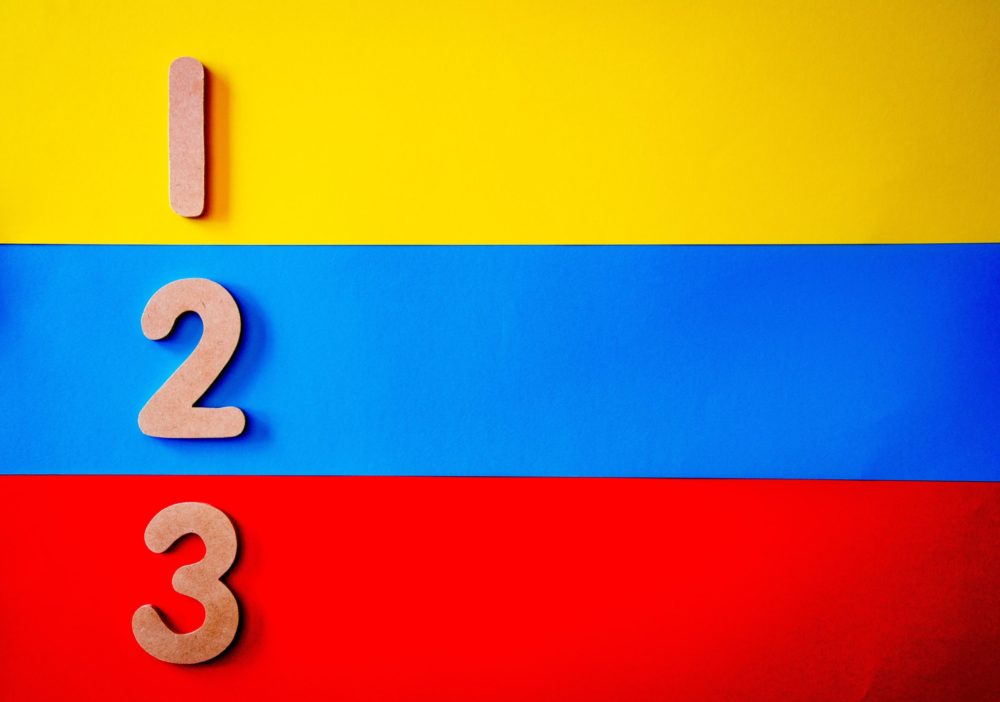When following a prescribed meal plan or specific diet, one of the largest obstacles to overcome can be the constant feeling of hunger. This hunger has you focusing on food all day!
I think many of us would agree that if you could remain satiated throughout the day, while still releasing fat, it would be much easier to stay on track with your fitness goals, especially over the long term.
Lucky for you, I have three tips to help reduce hunger and release fat effortlessly. These tips have scientific research to support them – and I will include my sources at the bottom of this entry.
-
Drink More Water
This is the easiest and fastest way to reduce hunger and release fat!
Drinking more water throughout the day can increase your Resting Energy Expenditure (REE), or simply, help you burn more calories at rest.
This is one reason ‘fat burners’ and higher ratios of lean mass increase your resting energy expenditure, or help you lose weight. Interestingly, drinking water can also have a similar effect, helping you burn more calories.
One group of researchers investigated the effects of drinking 500ml (approx. 16.9oz) of water and the subsequent effects on calorie expenditure.
The study was a cross-over design, meaning that each subject experienced both conditions (water and no water). The results showed that the water condition increased energy expenditure by 24% for up to 60 minutes after ingestion, whereas the non-water condition did not influence calorie expenditure1.
Sixty minutes may not seem very significant, but these small changes can add up over time. In addition to this, drinking water before meals can also curb your appetite and help you reduce calorie intake – a key factor in weight loss.
Another study investigated giving water pre-meal over a 12-week period. Both groups were placed in a calorie deficit, but only one group received 500ml (16.9oz) of water before each meal.
After the 12 weeks, researchers found that the pre-meal water group lost a staggering 44% more weight compared to the non-pre-meal water group. Weight loss was 4.4lbs greater in the pre-meal water group.
How does it work? Well, it seems that drinking water before a meal will reduce the number of calories you consume in that meal because of increased satiety. As mentioned, small reductions can lead to larger and more significant changes later2.
-
Eat More Veggies
Eating more vegetables is an underappreciated, but easy way to reduce hunger and release fat. When have you ever heard someone say they gained weight from overeating veggies?
Aside from providing your body tons of vital vitamins, nutrients, and phytonutrients, veggies are the perfect food to reduce hunger and help you release weight. In short, vegetables:
- Have a high-water content (see previous tip about water and satiety)
- Have low energy density – which makes them ideal food for weight release (3)
- Contain plenty of fiber (so many of us are fiber deficient!), which has been shown to increase satiety after a meal and aid in weight loss. (4)
- Take up space on your plate, reducing the serving sizes of higher calorie starches or fats, which also reduce calorie intake during the meal and aids in long-term weight loss.
On study investigated the effects of a high-fiber diet while in a calorie deficit. Both groups were in the same calorie deficit, however, the high-fiber group lost 5.4lbs more compared to the strict calorie deficit group5.
Finally, vegetables are also a great whole food to have in your diet. Vegetables have been shown to increase satiety (feeling full) while reducing your likelihood to overeat when compared to processed foods6.
-
Eat More Protein
High-protein diets have become very appealing for those looking to reduce hunger while maintaining muscle mass. High-protein diets have been shown to increase satiety and decrease calorie intake.
One study investigated the effects of a low-protein diet (15% of total macronutrients) compared with a high-protein diet (30% of total macronutrients). Carbohydrate content was held constant between conditions. The researchers found that satiety was significantly higher in the high-protein group, while daily calorie intake was reduced, leading to greater total weight loss in the high-protein group7.
Another study investigated the effects of two calorie-restricting diets: high-protein vs high carbohydrate, finding the high-protein group lost more body fat while preserving muscle mass. It is also important to note that the high-protein diet improved insulin sensitivity, whereas the high carbohydrate diet witnessed a decrease in insulin sensitivity8.
Lastly, another study compared high-protein plus exercise and found that the high-protein + exercise group lost an average of 15.4lbs over 12 weeks, whereas the high-carb + exercise group lost only 8.8lbs9.
The research is very strong and supportive for you to increase your total daily protein. As a rule of thumb, eating around 1g/lb of body weight is sufficient to meet your protein needs, boost weight loss and satiety. Again, in general, as our individual needs will vary.
Bonus Tips:
Here are a few bonus tips to consider:
- Exercise more to reduce hunger and help you lose more weight
- Increase your NEAT (Non-Exercise Activity Thermogenesis), such as walking more, take the stairs, parking further away, etc.
- Snack on low-calorie nutrient dense foods – vegetables, berries, or lean meats, rather than a full meal
- Focus on lower calorie meals, which, as discussed earlier, will keep you feeling fuller and reduce hunger
- Supplement with substances such as caffeine and green tea which can reduce your appetite while boosting your metabolism.
The Takeaway
Although these tips may not be the magic bullet you were after, they are proven lifestyle changes that will not only help you lose weight, but most importantly, keep it off in the long term.
Next time you diet, or, if you are currently struggling to maintain your weight, try using these techniques to make your life easier, without having to religiously track macros or starve just to lose a few more pounds.
Want to train with a world-class personal trainer and experience real results?
References
- Boschmann, M., Steiniger, J., Franke, G., Birkenfeld, A. L., Luft, F. C., & Jordan, J. (2007). Water drinking induces thermogenesis through osmosensitive mechanisms. The Journal of Clinical Endocrinology & Metabolism, 92(8), 3334-3337.
- Dennis, E. A., Dengo, A. L., Comber, D. L., Flack, K. D., Savla, J., Davy, K. P., & Davy, B. M. (2010). Water consumption increases weight loss during a hypocaloric diet intervention in middle-aged and older adults. Obesity, 18(2), 300-307.
- Bechthold, A. (2014). Food energy density and body weight. Ernahrungs Umschau, 6, 2-11.
- Slavin, J. L. (2005). Dietary fiber and body weight. Nutrition, 21(3), 411-418.
- Birketvedt GS, Aaseth J, Florholmen JR, Ryttig K. Long-term effect of fibre supplement and reduced energy intake on body weight and blood lipids in overweight subjects. Acta Med 2000;43:129–32.
- Drewnowski, A. (1998). Energy density, palatability, and satiety: implications for weight control. Nutrition reviews, 56(12), 347-353.
- Weigle, D. S., Breen, P. A., Matthys, C. C., Callahan, H. S., Meeuws, K. E., Burden, V. R., & Purnell, J. Q. (2005). A high-protein diet induces sustained reductions in appetite, ad libitum caloric intake, and body weight despite compensatory changes in diurnal plasma leptin and ghrelin concentrations. The American journal of clinical nutrition, 82(1), 41-48.
- Piatti, P. M., Monti, L. D., Magni, F., Fermo, I., Baruffaldi, L., Nasser, R., … & Pozza, G. (1994). Hypocaloric high-protein diet improves glucose oxidation and spares lean body mass: comparison to hypocaloric high-carbohydrate diet. Metabolism, 43(12), 1481-1487.
- Meckling, K. A., & Sherfey, R. (2007). A randomized trial of a hypocaloric high-protein diet, with and without exercise, on weight loss, fitness, and markers of the Metabolic Syndrome in overweight and obese women. Applied physiology, nutrition, and metabolism, 32(4), 743-752.

